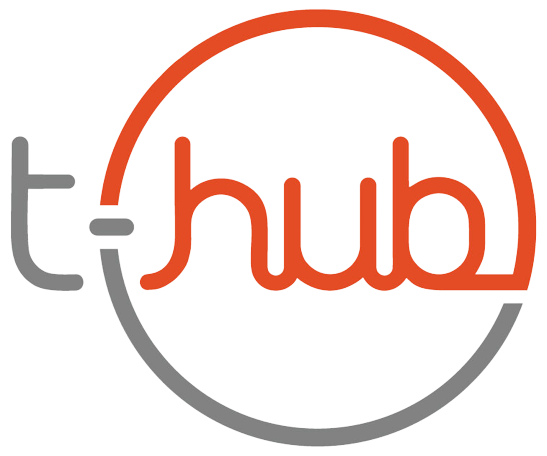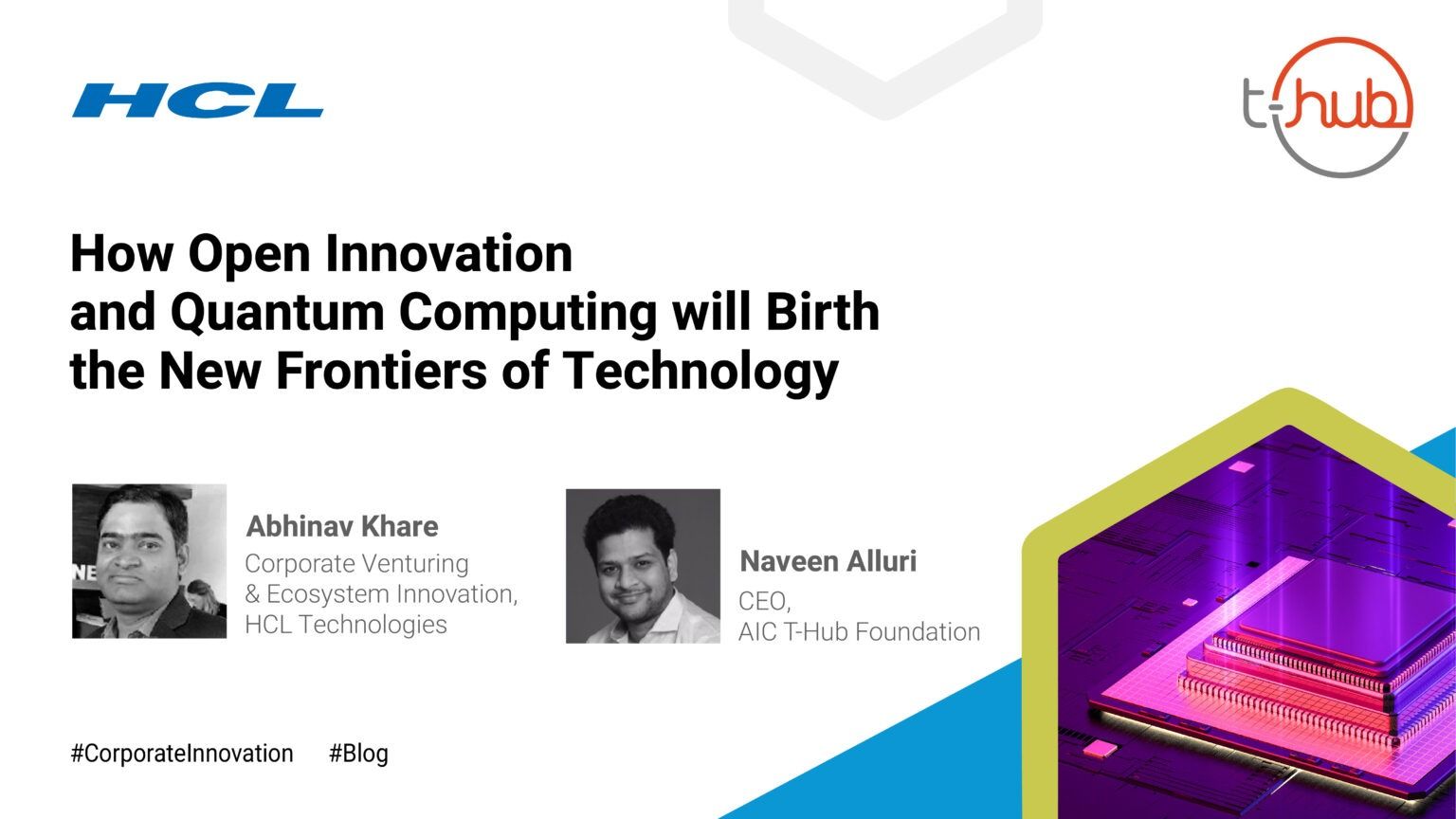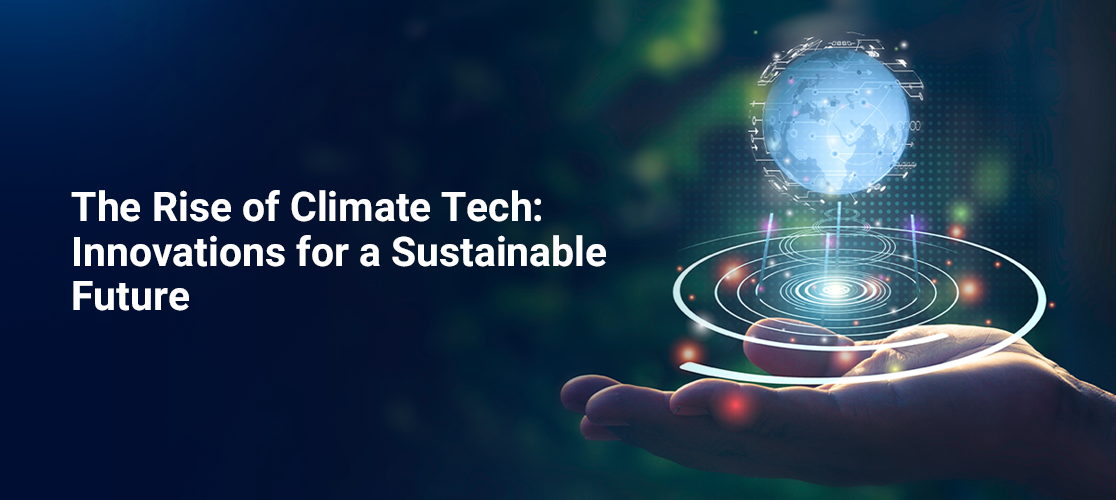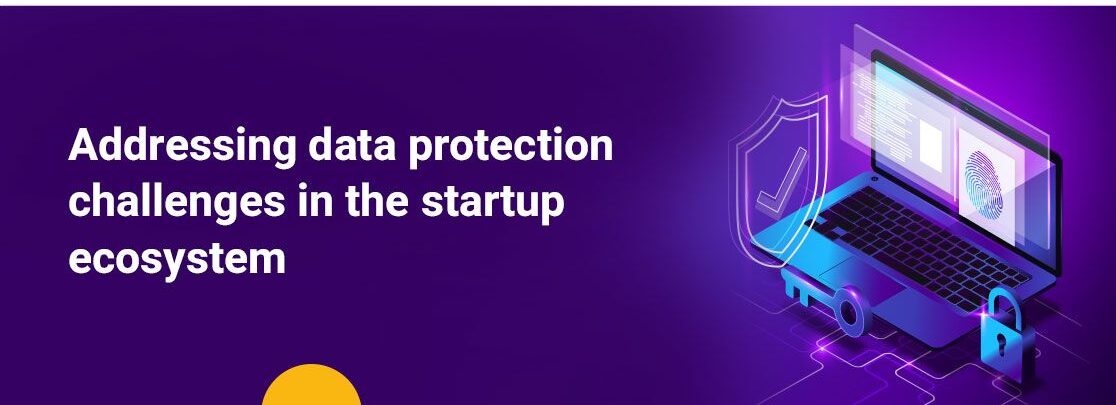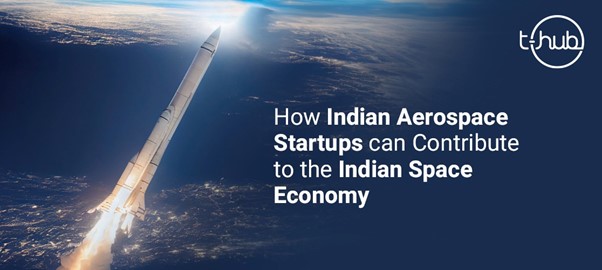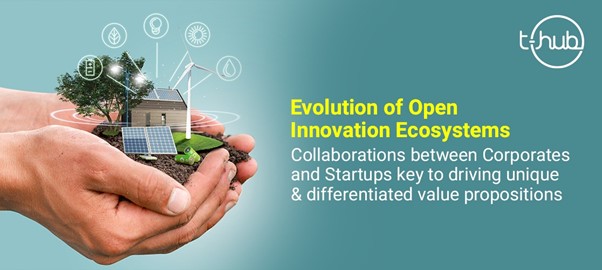Henry Chesbrough, known as the father of Open Innovation, introduced this term back in 2003. He proposed an idea, in comparison to the conventional method of doing Research and Development (R&D) for innovation, that opening the confines to the other participants of the ecosystem to exchange ideas, information, or resources will accelerate innovation manifold and complement the existent R&D practices. He discerned that no organization can make it all on its own. They need allies and an inflow-outflow model.
No one was benefitting from the old model of keeping it closed within the group. Now, too much knowledge is available and accessible worldwide.
By forming a transposing ecosystem of industry players (competitors, startups, VCs, universities, government bodies, etc.), organizations can not only accelerate the time-to-market but also reduce production costs. The benefits include risk diffusion, informed decisions, ease of licensing, and so on.
Therefore, instead of letting good ideas stagnate, the organizations should invite ideas from external ecosystem players into their business (outside-in). The concept also implies that organizations should also give away/transfer their underutilized or unemployed ideas, knowledge, or technologies to the external parties (inside-out) who may make better use of it and hence, expanding the external markets and paving the way for new discoveries and disruptions.
How Artificial Intelligence (AI) Opens the Door for Innovation
AI is taking over the repetitive and cumbersome manual tasks in various industries, sector by sector/one sector at a time. By synthesizing AI capabilities into Open Innovation, the data-centric tasks of interpreting, crowd-scanning, and permuting solutions, can be achieved in nick of time. How, you ask? AI can assist in problem identification by accessing the company’s customer service, chatbots, and revenue reports. Following this, it can translate the findings into a meaningful algorithm to conduct a deep search on the web and come up with solutions, solution providers (prospective collaborators), or combinations by correlating matches.
AI has innumerable possibilities businesses can make the most of it by uniting it with 5G.
How AI and 5G Together are Stoking Up Innovation
Ericsson estimated that 40% of the world will be connected through 5G by the year 2024. But adoption of 5G networks comes with innate complexities, which can be overcome by harmonizing it with AI. It will bring a revolutionary change in the Information and Communication Technology (ICT) sector.
The low latency, high bandwidth, and abundant connectivity of 5G allows the emergence of new and augmented user experiences. It has drawn a lot of interest from the 5G Open Innovation Lab, where companies work on AI-based solutions. It has amounted to remarkable innovations in the areas of, but not limited to, deliberate energy and utilities production, geo-targeted advertisement in retail, architecture maintenance in smart cities, wireless virtual reality (VR), and much more.
The amalgamation of AI and 5G seems exciting, doesn’t it? Well, this approach requires setting up mechanisms to gather, organize, and interpret an enormous amount of data which presents an opportunity for organizations to become the frontrunners by solving such issues.
Quantum Computing (QC) Blazing the Trail for Innovation
At the cusp of tremendous technology advancements environing all industries, the inventors are seeking solutions to compute solutions at an atomic and sub-atomic level. Quantum Computing (QC) harnesses the laws of quantum mechanics and uses superposition and entanglement to perform dense computation. The systems that perform QC are known as quantum computers.
While traditional computers use silicon-based chips with binary bits (0 or 1) as data units, a quantum computer uses quantum bits (Qubits) processing 0 or 1 or both at the same time with properties of atoms, ions, photons, and electrons. QC aims to solve problems where eliminating a range of possibilities to reach a clear conclusion will save time. Below are some of the best applications of QC:
Drug Discovery
QC allows modeling complex molecules which can be helpful in the faster development of new drugs.
Optimization Problems
Many optimization problems like routing algorithms can be effectively solved using QC.
Artificial Intelligence
QC makes it easy to train AI algorithms on intensive data sets and complex relationship models, an easy task.
Cybersecurity
The data at rest and in transit are protected using encryption algorithms, breaking which requires massive computational power. QC makes it functional for a scientist to address this problem by using quantum cryptography.
For any innovation to flourish and businesses to thrive, the following ecosystem players must function hand-in-hand:
- Academia: Research and Development
- Enterprises: Corporate Research Labs (such as HCL Labs & Investments), Infrastructure, and Funding
- Startups: Solutions and Applications
- Government: National Policies and Grants
- Ecosystem Counterparts like T-Hub
Therefore, it is asserted that ecosystem participants can profit off the contributions of their creative and knowledgeable counterparts wielding QC capabilities with Open Innovation to meet strategic goals.
Realize the Benefits of Open Innovation, AI, and 5G using Quantum Computing (QC)
The ecosystem is starting to realize that if organizations wish to understand and create more of the aforementioned intellectual properties (IPs) then, QC is the way to go forward.
At the beginning of this year, the Ministry of Electronics and Information Technology (MeitY) and Amazon Web Services (AWS) announced a collaboration to set up India’s first Quantum Computing Lab following the investment of INR 8,000 Crores by the government in the 2020 Union Budget. Aimed at building Quantum Technologies and Applications, it will foster the environment for development by associating with the industry ecosystem players.
Possessed with the ability to process vast possibilities of optimizations and solving complex problems very quickly, QC is proving to be efficient in exploring risks and improving financial portfolios and trading. The smart city developers are looking at QC’s use case for managing traffic and making public transport safe and efficient. A great example is Volkswagen’s development in a quantum algorithm that can predict urban traffic volume and allow optimal routing and fleet deployment as per the demand.
In the energy and utility sector, QC is helping to predict utilization and optimizing the grid. It has also witnessed tremendous potential in drug research, materials science application, and testing. In manufacturing, it’s assisting in churning out the best possible designs for vehicles, batteries, electronic chips, and more so. The list is endless.
HCL is partnering with T-Hub just to explore many such possibilities and looks forward to welcoming other ecosystem players to join hands. In the next blog, we will dive deeper into what the partnership holds in store and areas where QC is effective at present such as Healthcare.
